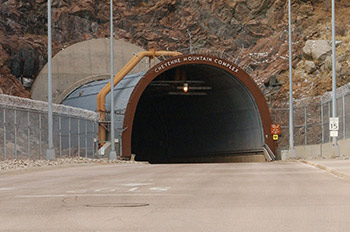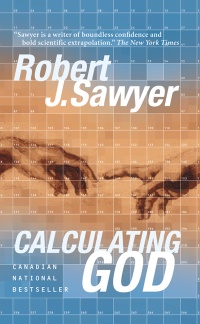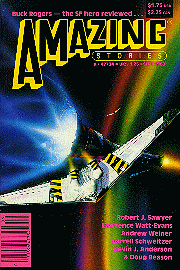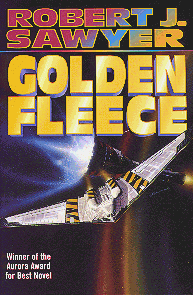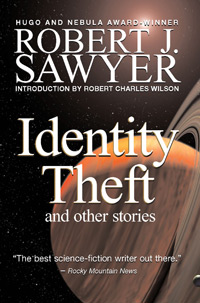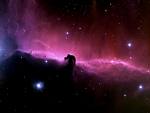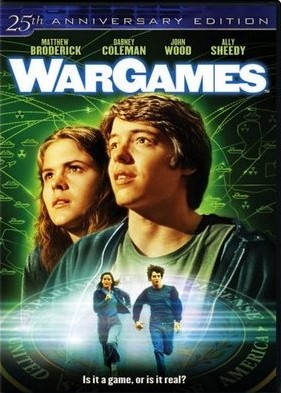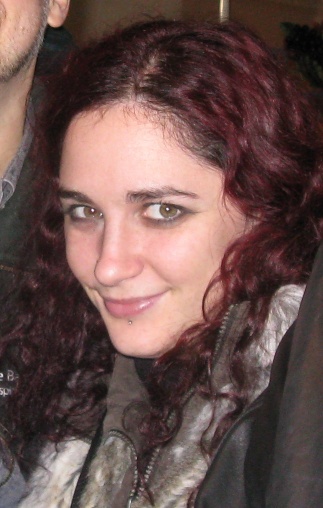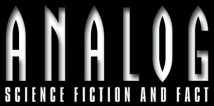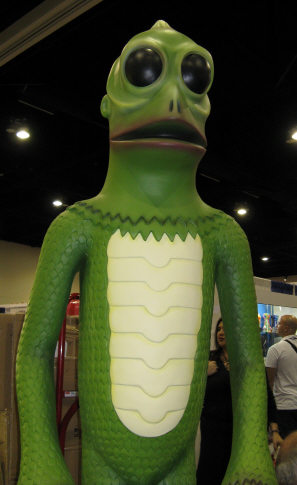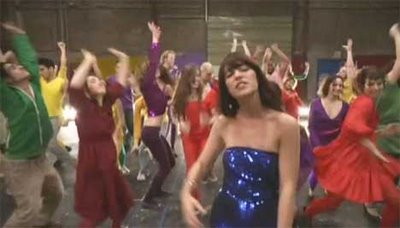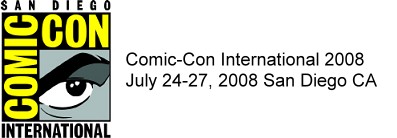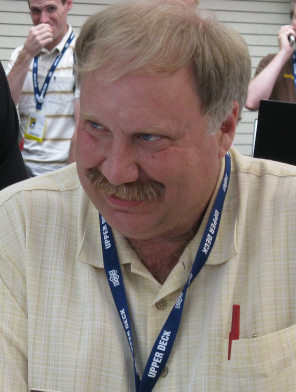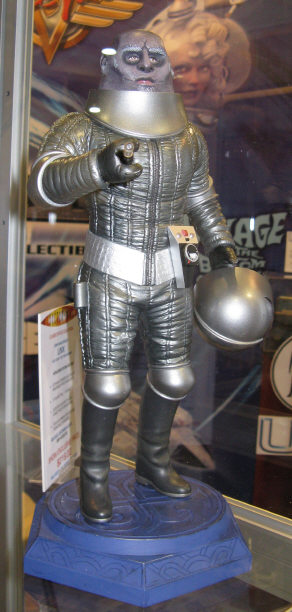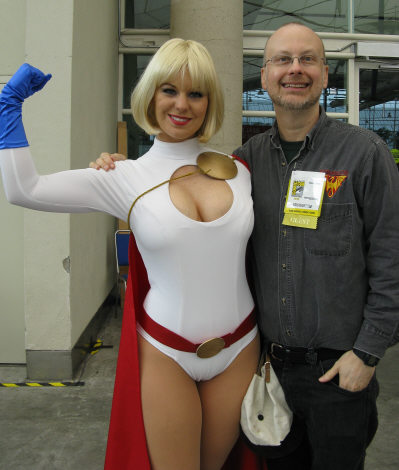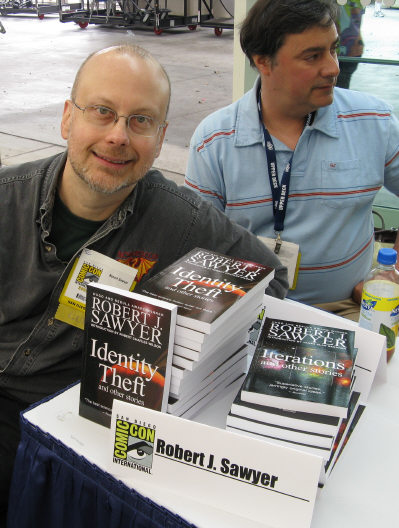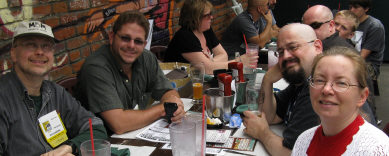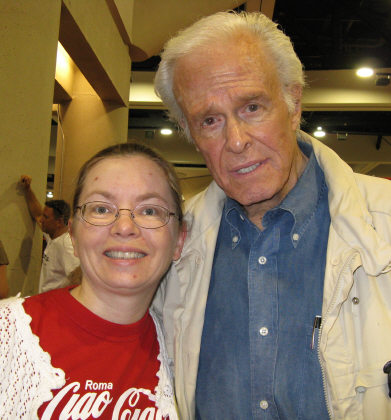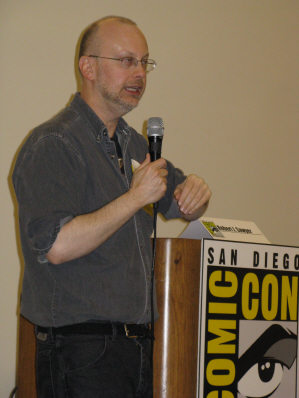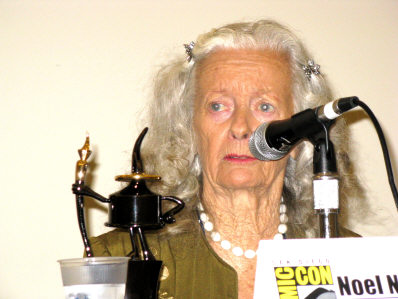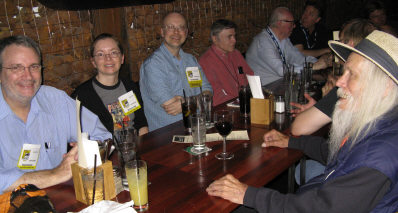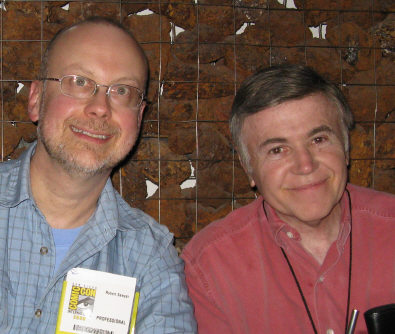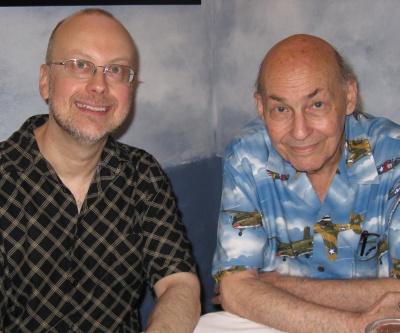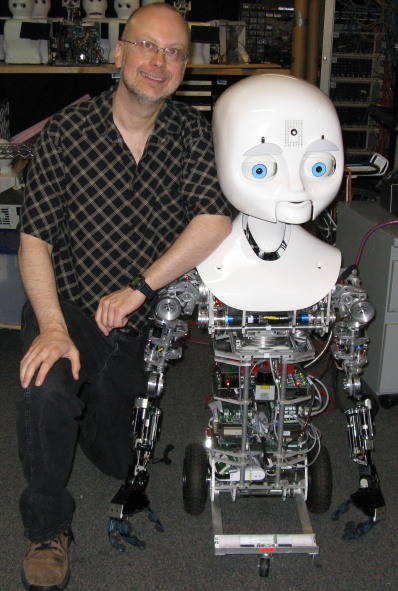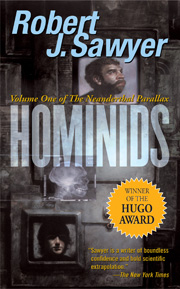
My friend Melody Friedenthal today asked me, “Which idea in the Neanderthal Parallax books did you start with?”
For me, book ideas start out quite vague, and only after much research do they become concrete. But, culled from my writing journals, here are notes about the creation of the basic ideas for the Neanderthal Parallax trilogy. (Note that I bounce back and forth below between the spelling “Neanderthal” and “Neandertal;” I discuss that issue in this introductory note to the first novel in the trilogy, Hominids.
Saturday, December 30, 1995: Carolyn and I went to lunch at The Olive Garden out on Highway 7. An idea occurred to me [over lunch] for a multibook SF series: Earth is threatened by some menace so great that many multiple versions of Earth — one were dinosaurs evolved intelligence; another where Neanderthals became the dominant form of humanity; others were different Cambrian explosion bodyplans rose to intelligence — must band together to defeat it.
Sunday, June 20, 1999: Went for a walk with Carolyn, and told her the idea I had for a novel about parallel modern-day worlds, one peopled by the descendants of Cro-Magnon, the other by the descendants of Neandertals.
Tuesday, June 22, 1999: Downloaded 50,000 words of research on Neanderthals from CompuServe’s Magazine Database Plus, as research for my possible next novel. Also, checked Amazon.com for information about novels on Neanderthals or other prehistoric humans, including Waiting, Almost Adam, Esau, and Neanderthal. Nothing is similar to my premise.
At 5:00 p.m., wrote up a series of goals for the Neanderthal novel:
- To write an ambitious novel for publication in 2002, to be a real contender for the Hugo Award to be presented in Toronto in 2003;
- To be a tour de force of world-building, rewriting the last 40,000 years of human history;
- To be a big book, 150,000 typesetters words (135,000 grammatical words);
- To have out-of-genre appeal.
Wednesday, June 23, 1999: Did some research reading on Neandertals.
Friday, July 9, 1999: Readercon 10 near Boston, Massachusetts. Dinner with Jim Minz [at the time, David G. Hartwell’s assistant at Tor Books]. Handed him the manuscript for Calculating God; we discussed how quickly he or David could get feedback to me; I said I needed it as soon as possible, since I’m going to Australia for five weeks. He asked me what I was going to work on next and I pitched my vague notion about two parallel world, one in which Cro-magnon came into ascendancy, the other in which Neandertals did. He sounded very intrigued by it.
Sunday, July 25, 1999: Started reading material for my possible novel about an alternative universe in which Neanderthals survived instead of Cro-Magnons.
Monday, July 26, 1999: Reading about Neanderthals. Thought I might do my Space Colonies short story about a Neanderthal space colony, as a warm-up for the novel; might call it “This Town Ain’t Big Enough.” [Space Colonies, ultimately retitled Star Colonies: A DAW anthology edited by Martin H. Greenberg and John Helfers, published in June 2000; my story, “The Shoulders of Giants,” ended up being nothing like the above.]
Tuesday, July 27, 1999: Read up on Neandertals for my next novel. Phone conversation with [my literary agent] Ralph Vicinanza: I asked Ralph if we should hit Tor up now for a contract, or wait until after the Hugos [my novel Factoring Humanity was a Hugo Award-finalist at this time]. He said let’s strike while there is still a sense of anticipation; he’ll call David G. Hartwell to see what sort of proposal David needs. I pitched the Neandertal parallel-world idea at Ralph; he likes it — so I guess that’s what I’m doing next.
Wednesday, July 28, 1999: Started actually writing Neandertal outline, producing 1,086 words.
Thursday, July 29, 1999: Finished, by mid-afternoon, I thought, the outline for Neandertal World — but in the evening I skimmed Waiting by Frank M. Robinson (and edited by David G. Hartwell); Jim Minz had sent me a copy because I told him I was working on a book about Neandertals. Robinson uses his conflict between the modern descendants of archaic humans to preach about ecology; my take was too close to that. Aided by the Encyclopedia Britannica and Grolier’s [Encyclopedia] on CD-ROM, I came up with the idea of the threat to the two worlds being a magnetic reversal (I suspect this might have been in my mind because earlier in the week, I had used Britannica to look up the Geologic Time Scale, and the chart it presented listed magnetic reversals). I like the magnetic-field collapse better than the ecological threat, anyway. The proposal now stands at 1,400 words.
Friday, July 30, 1999: Thought of a new title for the Neandertal book overnight: Neandertal Parallax. Gave the outline a final polish, and faxed it to Ralph Vicinanza.
Tuesday, August 3, 1999: Ralph Vicinanza called. He gave David G. Hartwell an over-the-phone pitch for Neandertal Parallax, and will send him the outline tomorrow; Ralph thinks it’s an excellent outline, and more than adequate to get a contract.
And, indeed, Ralph Vicinanza got me a very handsome six-figure three-book contract. “Neanderthal Parallax” became the overall trilogy title, and the individual volumes were Hominids, Humans, and Hybrids.
The actual pitch that sold the series to Tor is below. Don’t worry too much about spoilers; the final books deviate a great deal from this outline:
NEANDERTAL PARALLAX
a novel proposal by
Robert J. Sawyer
Ne·an·der·tal: now the preferred spelling by most English-language paleoanthropologists of the word formerly rendered as Neanderthal, recognizing the official revision of the spelling of the original German place name by the German government.
par·al·lax: the apparent shifting of an object’s position when seen from a different point of view.
#
Forty thousand years ago, two distinct species of humanity existed on Earth: Archaic Homo sapiens and Homo neanderthalensis. Both looked out on their world with dull gazes, unable to comprehend it, barely aware of their own existence.
And then an event that would change everything occurred: in the quantum structures of the complex neural tissue packed into the brains of Homo sapiens, consciousness emerged. And with consciousness came art and sophisticated language and science and religion and subtle emotions and planning for the future. Until this time, no truly self-aware lifeform had existed on Earth, no creature lived, primate or otherwise, that was driven by anything other than instinct.
Of course, this newfound awareness enabled Homo sapiens to out-compete the Neandertals; in less than ten thousand years, the Neandertals were extinct.
Or, at least, they were extinct here — in this universe.
But, under quantum physics, the phenomenon of consciousness is intimately tied in with the nature of reality. Indeed, quantum theory predicts that every time an event observed by an intelligent being could have two outcomes, both outcomes do come to pass — but in separate universes. Until the rise of consciousness, there were no branching universes, no parallel realities. But, starting on that crucial day 40,000 years ago when consciousness emerged for the first time, the universe did begin to split into multiple versions.
The very first split — the very first time an alternative universe was spun off from this one — happened because the original emergence of consciousness, a product of quantum fluctuations, could have gone a different way: instead of consciousness first arising in a Homo sapiens mind, it might instead have arisen originally in a
Homo neanderthalensis mind, leading to the Neandertals deposing our ancestors, instead of vice versa.
And 40,000 years later, in what in this universe is referred to as the dawn of the 21st century, an artificial portal opens, bridging between our universe and one in which the descendants of Neandertals are the dominant form, allowing small numbers of individuals to pass in either direction.
Many things are the same on both Earths: the sky shows the same patterns of stars, the year is still 365 days long, and is divided into months based on the cycling of the moon’s phases. The gross geography of both worlds — the shapes of the continents, the location of lakes and mountains — is the same. And the flora and fauna is essentially the same (although Neandertals never hunted mammoths or other animals into extinction, and so they still flourish).
But all the details of culture are different. Gender roles, family structures, economic models, morals, ethics, religion, art, vices, and more are unique to each species. In what I hope will be a tour de force of world building, the Neandertal world will be as rich and as human as our own, but different in almost every particular. Although there is much diversity in modern human cultures, many themes recur in almost all of them, themes that can be traced back to our archaic Homo sapiens ancestors of 40,000 years ago: pair-bonding, belief in an afterlife, territorial defense, xenophobia, accumulation of wealth. The modern Neandertal society will have entirely different approaches to these and other issues, based on the their different evolutionary history.
For instance, humans are able to effectively communicate with words alone: language spoken in darkness, printed text, radio, telephone conversations, E-mail — all are possible because we can easily transcribe or transmit spoken sounds, and convey virtually our entire intended meaning with just these sounds. But there is much evidence that Neandertals would have had a substantially reduced vocal range compared to that of archaic humans — possibly meaning they, and their descendants, would have to supplement verbal communication with facial expressions and gestures. If their descendants developed books or telephones at all, they might only be useful for conveying limited kinds of information.
Meanwhile, some fossil sites suggest that only female Neandertals homesteaded, and males lived nomadic existences, interacting with females only to breed. Projected into the present day, such lifestyles might define radically different social arrangements, with most individuals having long-term same-sex partnerships (of two, or possibly more, individuals), and secondary other-sex relationships. Absentee fathers wouldn’t necessarily be bad fathers, though: modern Neandertal society might be built around multiday holidays during which all work stops and rural males come into the cities to be with their offspring.
And, of course, all the background of daily life — here, in our universe, typified by such things as single-family dwellings, nine-to-five jobs, private automobiles, television, contract law, national allegiances, and war — would be completely different in the Neandertal world, a world equally advanced scientifically but in which individuals are much more physically robust, have larger brains (ancient Neandertal brains averaged 10% larger than those of Homo sapiens), are much less interested in colonizing and proselytizing, and are much better suited to living in cold, northern climates: the harsh lands that we know as Alaska, northern Canada, Siberia, Scandinavia, and Iceland — sparsely populated in this universe — might be developed centers in the Neandertal world.
Neandertals and humans differ genetically by only 0.5% (whereas humans and chimpanzees differ by 1.4%); incorporating the latest anthropological research to develop a modern, technological Neandertal culture, the book will illuminate what it means to be human.
#
The portal between the two universes has been opened accidentally, by the creation not in this world but rather in the Neandertal one of a giant quantum-computing facility (quantum computers — currently in development — access alternate universes to almost instantly solve otherwise intractable mathematical problems).
The contact could not have come at a more propitious time. In both universes, Earth’s magnetic field is collapsing — a prelude to a polarity reversal. Such reversals have happened many times during our planet’s geologic history. They occur without any discernible periodicity, and can last as little as two thousand years or as long as 35 million years (the current normal-polarity period began 780,000 years ago; the preceding period of reversed polarity lasted from 980,000 to 780,000 years ago). The difference between reversed and normal polarity is trivial: compass needles point south during the former and north during the latter. But the transitional period is of great concern: during it, the magnetic field shuts down, and dangerous cosmic-ray particles that are normally deflected are free to bombard the Earth’s surface.
Neither the Neandertals nor the Homo sapiens alone have the technology to prevent the collapse of the magnetic field, or, failing that, to protect their worlds during the transitional period — but, perhaps by pooling their differing scientific expertises, they will jointly be able to save both worlds.
The exchange of science and culture starts off promisingly enough, but then the Neandertals discover that we have depleted our ozone layer (which provides additional protection from cosmic rays) through our use of chlorofluorocarbons and petrochemical exhaust from automobiles. It becomes clear that the magnetic-field collapse actually presents a much greater threat to us than it does to them. On their world, the onslaught of cosmic rays will surely cause many cancers and mutations, but on ours, out-and-out mass extinctions — including, likely, that of Homo sapiens — will additionally occur.
The Neandertals have learned of our history of expansionism and warfare (something they don’t share). Many of them fear if no solution to the magnetic-field collapse is found that we will try to forcibly invade their world with its intact ozone shield — it is, after all, the only other habitable planet that we could possibly escape to.
Continued contact between the two universes is at the Neandertals’ discretion, not ours: shutting off their quantum-computing facility will almost certainly sever the link, closing the portal. And once they learn that 40,000 years ago in this universe, our kind drove their ancestors to extinction, will they want to help us? Or, indeed, will they feel justified in letting us die — just as we let their kind die in our own past? Homo sapiens will have to prove its humanity, if it is going to be saved.
#
Neandertal Parallax will be an ultimately uplifting novel of first contact, speculative anthropology, world-building, and cutting-edge quantum theory, with the potential for a sequel or ongoing series.
The Robert J. Sawyer Web Site


